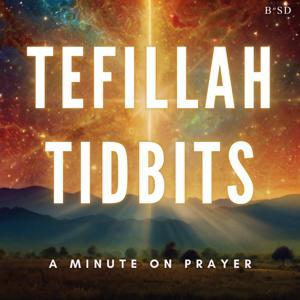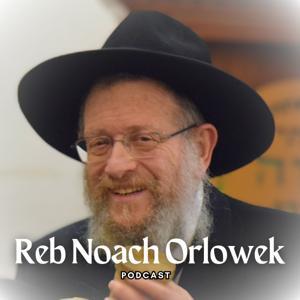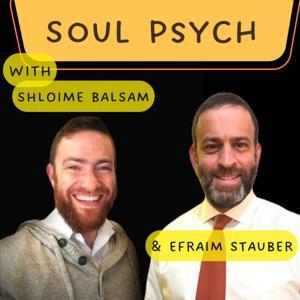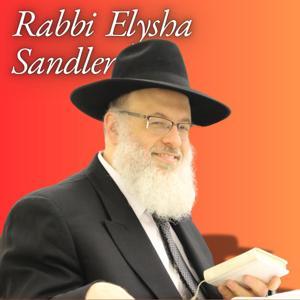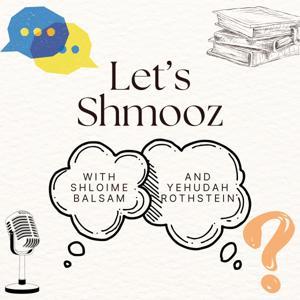00:00 – The second dream of Nebuchadnezzar.
03:31 – Daniel’s response to hearing the vision of the tree.
05:08 – The meaning of the dream.
07:07 – Any type of yisurim (difficulties) can be redeemed through tzedakah (charity).
10:02 – Question of whether the State of Israel should accept reparations from Germany. How should these reparations been viewed? As nothing more than partial repayment for stolen property.
12:39 – Nebuchadnezzar is transformed into an animal for seven years. (Daniel 4:25-35). This occurrence is the origin of the concept of a werewolf. The Gemara describes mermaids, mermen, and other strange beings that actually did (or still do) exist.
17:01 – Nebuchadnezzar is restored to human form and makes amends for his treatment of the Jews.
17:36 – The death of Nebuchadnezzar and the reign of his son, Belshazzar.
20:21 – The vessels of the Beis HaMikdash were used at the feast of Belshazzar. The handwriting on the wall appears.
27:44 – There are four opinions in the gemara on how the handwriting on the wall was encoded: 1) Rav: in the gematria form of AtBaSH.
29:10 – 2) Rabbi Yochanan’s opinion: the words were written backwards. 3) Rav Ashi says the first two letters of each word were written order.
29:48 – 4) The Amora, Shmuel, says the letters were written in a different order than the code presented by Rav Ashi.
31:29 – Rabbi Shimon Bar Yochai ז”ל asks about the meaning of echoes in the mesifta in Shemayim .
32:29 – Rabbi Shimon Bar Yochai asks for a description of Gan Eden for women.
33:24 – The encoding of the handwriting on the wall as explained in the Zohar HaKodesh.
37:20 – The message for all generations in these accounts is that harm done to Am Yisrael is always punished.


























